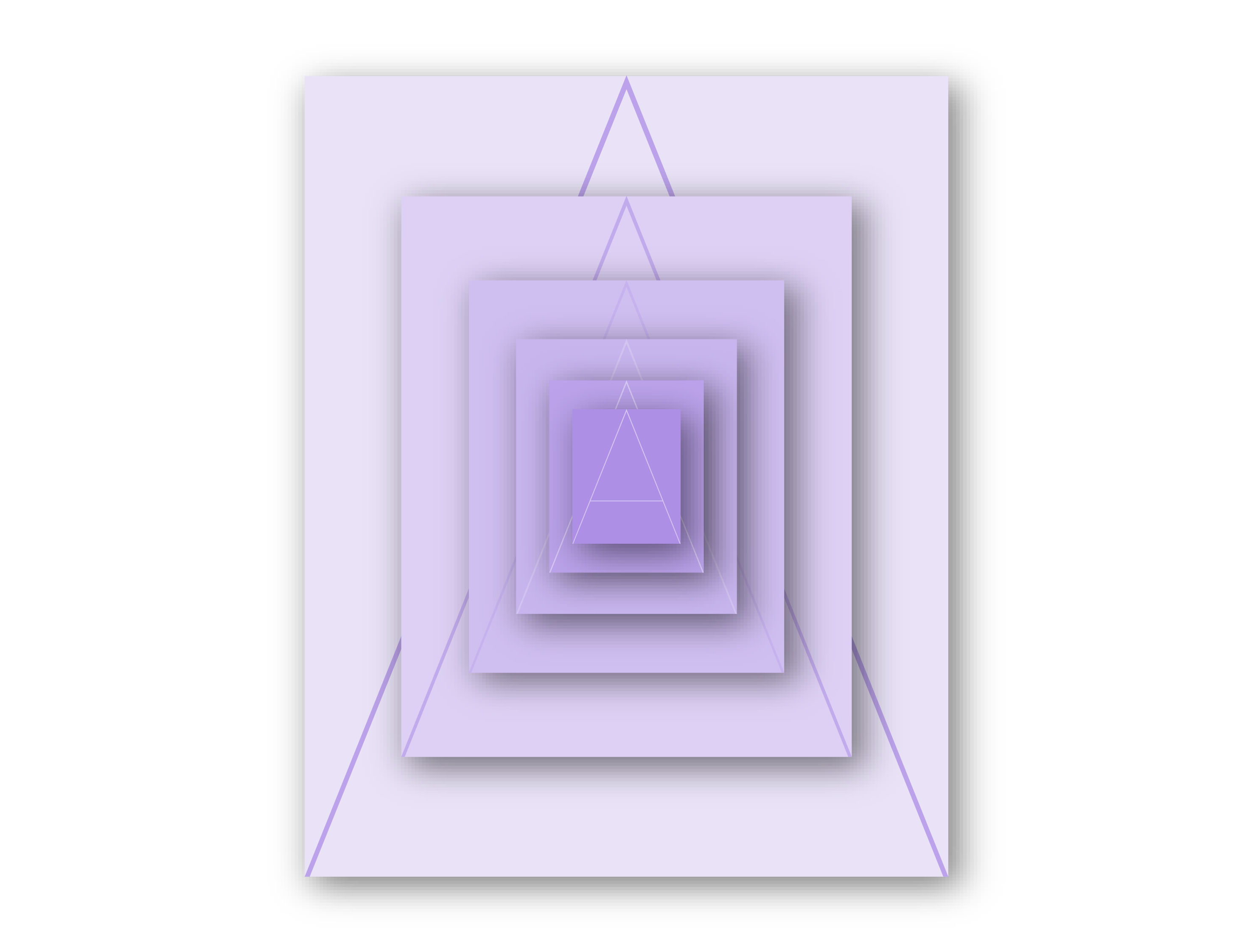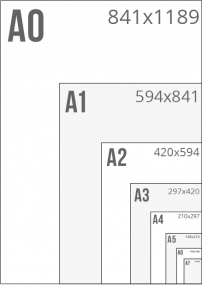
PAGE SIZES
THE A SERIES
The A Series starts with the largest size, A0 (841 x 1189 mm). Each smaller size is obtained by taking the next largest size and cutting it in half, creating a size with the same proportions and half the area. Dimesions are listed below:
A1 594 x 841 mm
A2 420 x 594 mm
A3 297 x 420 mm
A4 210 x 297 mm
A5 148 x 210 mm
A6 105 x 148 mm
A7 74 x 105 mm

THE B SERIES
B Paper sizes are over-sized printers sheet sizes which enable printing with bleed area, and to allow for printers marks for control and colour management. B Sizes are larger than the SRA sheet sizes which enable printing of bespoke sized jobs. This is also required for applying additional finishes and embellishments.
B1 707 x 1000
B2 500 x 707
B3 353 x 500
B4 250 x 353
B5 176 x 250
B6 125 x 176
B7 88 x 125
SRA SERIES
SRA Paper sizes are over-sized printers sheet sizes which enable printing most of the A Paper sizes with bleed area and allows for printers marks for control and colour management. This is also required for applying additional finishes and embellishments.
SRA1 640 x 900 mm
SRA2 450 x 640 mm
SRA3 320 x 450 mm
SRA4 225 x 320 mm
bespoke
Items can be produced at bespoke sizes to create a unique look and feel, or to fit within parameters of an existing product. Printing and designs can also be die cut to a particular shape or size to enhance and compliment a particular design.



TYPOGRAPHY
SERIFS
SANS SERIF
TYPOGRAPHIC TERMS
COLOUR MANAGEMENT
CMYK

pantone

greyscale

RGB


